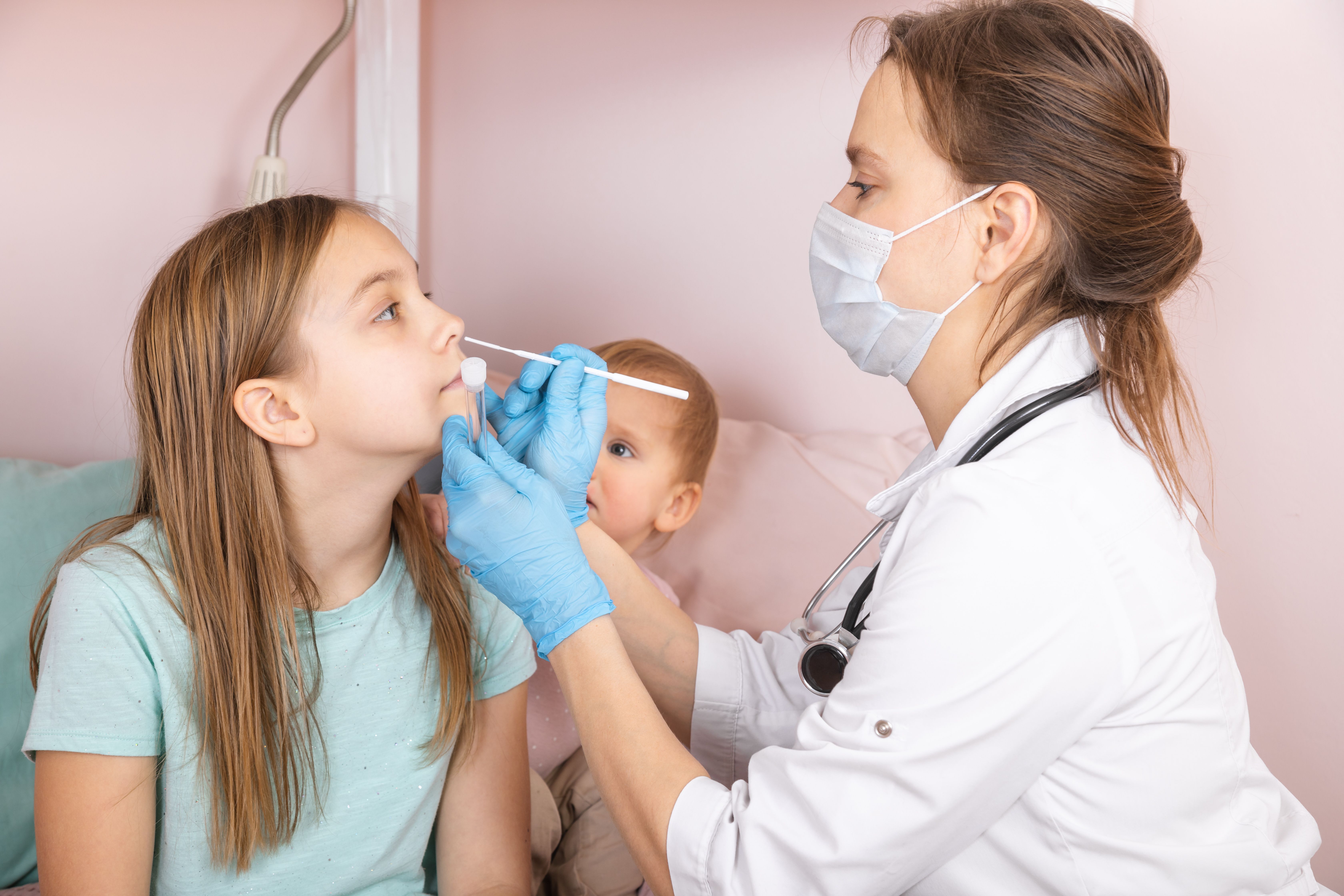Article
Over 100 Infectious Diseases Identified Among Chinese Population Over 4 Years
Author(s):
In addition to the 35 notifiable infectious diseases, 95 infectious diseases not required to be reported to public health authorities were also uncovered by the population-based observational study.
Putting a spotlight on the impact of infectious disease, researchers have identified over 100 infectious diseases among people living in China.
Using 4 years’ worth of data accounting for nearly 4 million people, the group found over 100,000 cases of infectious diseases, with an incidence density of 695 per 100,000 person-years. In addition to the 35 notifiable infectious diseases, 95 infectious diseases not required to be reported to public health authorities were uncovered throughout the observational study. The researchers urged for further research into the non-notifiable infectious diseases, which they said could be contributing significantly to morbidity.
Notably, over the study period, the prevalence of infectious diseases increased, jumping from an incidence density of 365 per 100,000 person-years in 2013 to 1072 per 100,000 person-years in 2017.
“This could be due to increasing antimicrobial resistance, changes in human behavior, and improved screening intensity and diagnostic technologies,” commented the researchers.
“Notably, the [incidence densities] of some infections have alarmingly increased, mainly involving imported infectious and parasitic diseases. In our study, imported infectious diseases were reported nearly every year. These imported cases are related to population influx from other countries because of globalization," they stressed.
The 3 most frequent infectious diseases—influenza, zoster, and pneumonia—accounted for over 60% of cases. Of note, zoster and pneumonia are non-notifiable diseases.
The most common infectious diseases among the population were respiratory, which accounted for 23 of the disease types, followed by mucocutaneous, which accounted for 30 of the disease types. Among the rest of the disease types, gastrointestinal accounted for 37, vector-borne accounted for 27, and blood- and sexually transmitted accounted for 13.
“Our results demonstrated that the epidemic peak of respiratory infections occurred in winter, whereas the peaks of vector-borne diseases and mucocutaneous infections occurred in summer,” wrote the researchers.
“Weather conditions in winter could affect not only the viability and transmission of respiratory viruses, but also host immunity, increasing the contact between infected and susceptible populations. This facilitates the spread of respiratory infectious diseases, such as influenza and pneumonia," they said.
The researchers also identified particularly vulnerable groups in their research, finding that urban areas had significantly higher rates of infectious diseases compared with rural areas (relative risk, 1.25). However, people living in rural areas were more likely to have gastrointestinal infections, which the researchers said could be due to lower socioeconomic status, poor sanitation, and malnutrition. They were also more likely to have vector-borne diseases, which the researchers said could be attributed to more diverse habitats found in rural areas compared with urban areas.
Differences were also observed between age groups and genders. While people aged between 10-19 years had the highest incidence density of varicella, women aged between 20-39 years had significantly higher incidence densities of syphilis and trichomoniasis and were more likely to contract gastrointestinal infections than men in the same age range. People aged 60 years and older had significantly higher incidence densities of zoster and viral conjunctivitis.
Reference
Zhao L, Wang H, Ye R, et al. Profile and dynamics of infectious diseases:
a population-based observational study using multi-source big data. BMC Infect Dis. Published online April 4, 2022. doi:10.1186/s12879-022-07313-6




